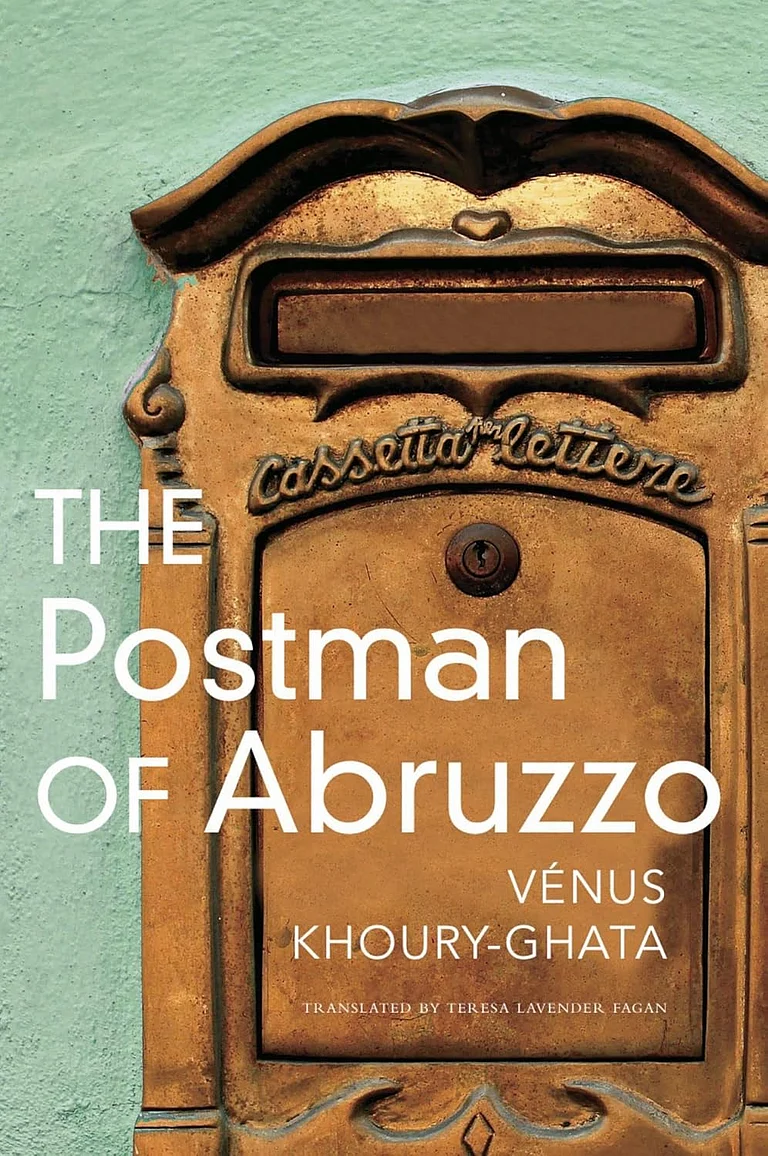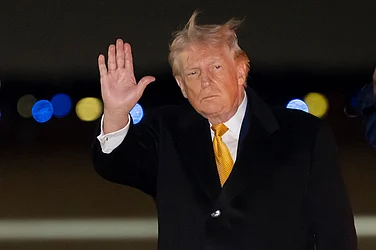Russia has rejected the Chinese claims over Russian territory in a new map published last week.
So far, India, Indonesia, the Philippines, Malaysia, Nepal, and Taiwan have registered protests over the new map that showed territories on land and sea as Chinese that these countries consider theirs.
While India, Taiwan, or the Philippines are obvious countries to be subjected to Chinese expansionist designs, Russia comes out as an unexpected member in the list as the country is seen as the closest partner of China on the world stage. Nonetheless, the new Chinese map also included Russian territory. While the Russian response was not as terse as India's, it nonetheless rejected Chinese claims and said the map is against the bilateral agreement signed to end the dispute in 2005.
The Chinese map had claimed the Bolshoi Ussuriysky Island in its entirety as Chinese territory. After decades of conflict, China and Russia resolved the dispute in 2005 and the partition of the disputed island was completed by 2008. Under the deal, China got 170 of the 350 sq kms of the island along with some other nearby islands and Russia kept the rest of the disputed region. Russia reiterated this in its rejection of the new map.
Here we explain what the new Chinese map shows, what Russia said, and what are all the territorial claims that China makes.
Why is new Chinese map so controversial?
Last Monday, China released a new national map that angered most of its neighbours. The reason was simple: China had claimed their territories as its own.
The Chinese claims were expansive. It claimed Aksai Chin of Ladakh and Arunachal Pradesh of India; much of the South China sea from Southeast Asian countries like the Philippines, Malaysia, and Indonesia; and Bolshoi Ussuriysky Island from Russia. Nepal's objection was unique as it protested the inclusion of three Indian territories —Limpiyadhura, Kalapani, Lipulekh— that it claims as its own within Indian borders by the Chinese map.
In India, Chinese claims are rooted in Tibet's historic claims. China considers Ladakh as part of Western Tibet and Arunachal as Southern Tibet. In the South China Sea, China follows a nine-dash-line concept to claim a wider area which is rejected by rest of the countries in the region.
In Russia, China has claimed Bolshoi Ussuriysky Island in its entirety. The disputed had been there since the 19th century but was resolved over a decade ago when the island and the surrounding region was peacefully split between the two countries to end the dispute.
What did Russia say?
Russia rejected the Chinese map and said that the territory that China has claimed as its own has already been settled through an agreement.
The row lies in the Bolshoi Ussuriysky Island that China has claimed in its entirety in the new map. The island and the surrounding region is at the confluence of the Ussuri and Amur rivers that separate Russia and China. The questions about the control of the region were first raised around 1860.
In 2005, however, a deal was reached to settle the Bolshoi Ussuriysky Island dispute and split of the island was completed by 2008, said Russian Foreign Ministry Spokesperson Maria Zakharova.
Newsweek quoted Zakharova as saying: "The Russian and Chinese sides adhere to the common position that the border issue between our countries has been finally resolved. Its settlement was marked by the ratification in 2005 of the Supplementary Agreement on the Russian-Chinese state border on its eastern part, according to which Bolshoi Ussuriysky Island was divided between the parties. The delimitation and demarcation of our common border has been completed along its entire length (almost 4,300 km [2,670 miles]), including in 2008 on Bolshoi Ussuriysky Island."
Zakharova said the "resolution" of the dispute "was the result of many years of efforts by both sides, a reflection of the high level of relations between the two countries, made an important contribution to ensuring security and stability in the region, and is a successful example of resolving border disputes for all countries of the world", reported Newsweek.
Zakharova further stated that the two countries have stated in the past that there are no boundary disputes.
"Russia and China have repeatedly confirmed the absence of mutual territorial claims, and there is a corresponding provision in the Treaty on Good Neighborliness, Friendship and Cooperation of July 16, 2001. The parties have an extensive structure of interaction in the field of border cooperation, the Joint Border Commission is functioning effectively, within which all relevant issues are discussed," said Zakharova.
By 2008, the dispute was over and the main Bolshoi Ussuriysky Island was split. China was given a 170 sq km slice of the island and Russia kept the rest. Additionally, smaller islands of Vinogradov, Koreysky, and Romashkin were also handed over to China to resolve the dispute.
What all territorial disputes does China have?
In recent years, China has been seen as an expansionist power that keeps on making territorial claim and provoking its neighbours by actions like release of maps or by trying to change facts on the ground through incursions or military drills.
While the world mostly knows about only three border disputes of China —with India, Japan, and the South China Sea— the country has claims over territories of a total of 15 countries. Then, there is the case of Taiwan, an independent self-ruling island claimed by China as a breakaway force. China has stated it is committed to the unification of Taiwan with the mainland and has not ruled out the use of force.
With India, China claims parts of Ladakh region and the state of Arunachal Pradesh in the Northeast. It says that Ladakh is part of Western Tibet and Arunachal is Souhtern Tibet. The Chinese say since Tibet is with China's, Tibet's claims are also with China.
With Japan, China claims the Senkaku Islands. China calls these islands Diaoyu Islands.
In the South China Sea, China invokes 'nine dash lines' on its maps and cites history to claim the vast majority of the South China Sea as its own, which puts it in conflict with other countries in the region.
In total, China has territorial disputes with 15 countries, as per The Week. These countries are: 1) The Philippines 2) Vietnam 3) Japan 4) India 5) Nepal 6) Bhutan 7) Indonesia 8) Malaysia 9) Laos 10) South Korea 11) North Kroea 12) Mongolia 13) Myanmar 14) Singapore 15) Myanmar
Additionally, there is the historically vexing issue of Tibet. While Tibetans say their homeland to be an independent nation, China considers it to be in integral part of the country. It invaded the country in 1949-50 and has run the region since with iron grip, forcing the spiritual and political leader The Dalai Lama into exile and imposing Chinese mainland's language and culture on the ancient Tibetan community.


























